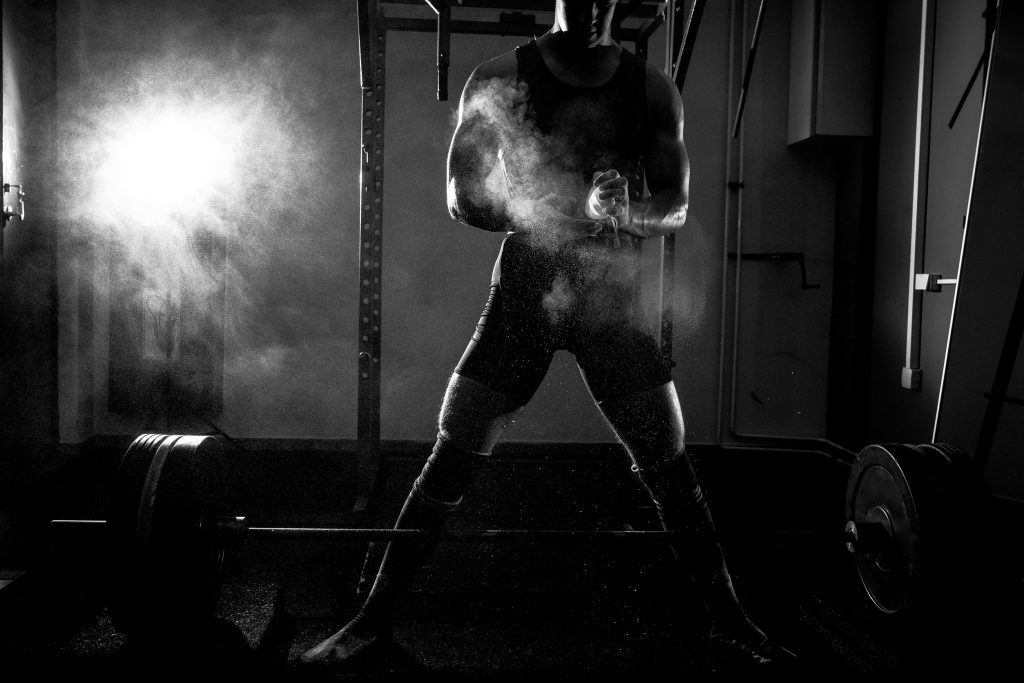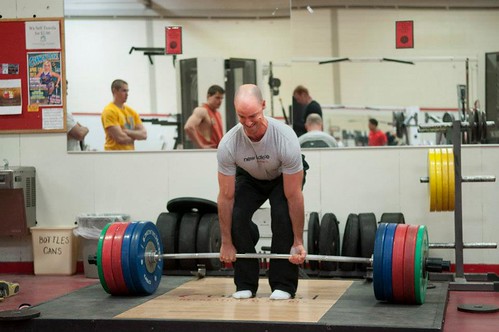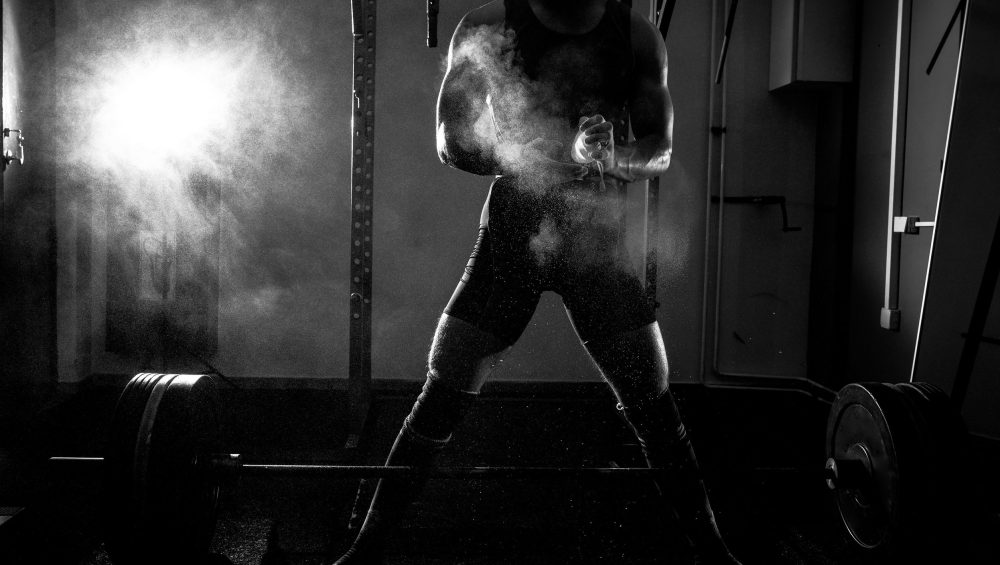If there’s one topic I’m asked to write more on it’s programming.
What, when, why, and how do I do what I do?
I may make this more of weekly or monthly series depending on how this first iteration goes.1
Lets see what happens.

When To Choose Sumo Deadlift Over Conventional
I like to think of myself as a middle of the road kinda guy. I try not to veer too far to the left or right on any given topic.
Except for Attack of the Clones.
That was and always will be a dumpster fire of a movie.
On pretty much anything else however, especially as it relates to strength & conditioning, I tend to default to the more temperate “it depends” defense.
Back squat vs. front squat? It depends.
Concurrent vs. undulated periodization? It depends.
Raspberry ketones vs. purified unicorn tears filtered through a Leprechaun’s beard ? Kale.

What about deadlifts?
Well, you guessed it…….
……..it depends.
Despite the title of the post I’m not in favor of one variation over the other. In fact, if I had to choose a variation I feel is the best fit for most trainees most of the time I’d pick the trap bar deadlift.
If I had to place a number on it, I’d say 90-95% of the clients I have historically worked with – this includes eight years at Cressey Sports Performance – started with the trap bar deadlift and progressed from there.
75-80% have kept the trap bar as their “home-base” deadlift variation throughout their training career.
However, when it comes to choosing between the sumo deadlift (wider stance, hands inside the knees) and conventional deadlift (narrower stance, hands outside the knees) the key determining factor(s) are:
- What’s the person’s goals?
- Which variation puts them in the best position to be successful and not shit a facet?
So in the spirit of “this is just information, relax, I still have my clients/athletes conventional deadlift” here are a handful of reason’s why I’d gravitate towards sumo.
1) Anatomical Considerations
Taller people or those with long femurs/torsos are likely going to have a hard time pulling conventional.
Anyone who has worked with basketball players can appreciate this. Long spines require attention to detail.
The trap bar is a great choice with this population, but so too are sumo deadlifts or block pulls (where the barbell is elevated to a height that allows them to get into a maintain good position).
Another point to consider are those who picked the wrong parents. For example, people with shorter arms will have a challenging time with conventional deadlifts.2
We also have to consider general movement quality. We live in a day and age where people don’t move a lot, and as a result have the movement quality of a pregnant rhinoceros.
If someone doesn’t posses the requisite ankle dorsiflexion, hip flexion, and/or t-spine extension to get close(r) to the floor without “falling” into lumbar flexion, why are we trying to force conventional deadlifts on them?
2) Previous Experience and Injury History
The conventional deadlift requires more forward lean compared to its sumo counterpart.
This places much more shear loading on the spinal erectors.

This isn’t necessarily a bad thing.
Conventional deadlifts are a fantastic option for those who deem their back a weak link and may be looking to strengthen their spinal erectors.
However, sometimes we need to pump the brakes.
Anyone with a history of back issues/injuries may find the conventional deadlift too aggressive. To that point, some may prefer the sumo deadlift and find it more suitable since they’re able to keep a more upright torso.
3) Speaking of Weak Links
The sumo deadlift, as counterintuitive as it may sound, is more quadricep dominant than people give it credit for. Strength coach Kevin Cann of Total Sports Performance (located in Medford, MA) puts it more eloquently than I:
“The sumo deadlift is basically a high squat. The greatest quad demands in the squat are coming up out of the hole. Since the sumo deadlift begins higher than the sticking point for the squat, the demands on the quads will be less than the squat, but greater than the conventional deadlift.“
I’ve found for those trainees who need to work on their quad strength the sumo deadlift is often a great accessory movement to consider.
4) Because, Fuck Purists
I dislike absolutism.
I lose respect for those coaches who act like children and allow their egos to dictate how they interact with others.
The “my way is the only way to train people” diatribes gets old.
I’ve had more than a fair share of coaches get defensive with me because I like the sumo deadlift and because I tend to use the trap bar with many of my clients/athletes.
I remember a case in particular where a coach chastised me on social media for having the gaul of utilizing the sumo deadlift over conventional with a new client (even though, as I had explained, she had repeated occasions of the latter hurting her back).
- In both her passive and active assessment she was unable to prevent her spine from going into excessive lumbar flexion in conventional stance (from the floor, and to a lesser extent elevated). This was likely due to anatomical barriers. I wasn’t certain, because I don’t have X-ray vision, but it was my best guess.
- We reverted to sumo stance and sha-ZAM: she was able to maintain a pristine position with her spin AND it didn’t hurt her back.
Anyhoo, despite my attempt at marinating in a moral victory, this particular coach went on to wax poetic that “well, I’ve never had anyone walk into my gym and not be able to conventional deadlift….so you SUCK Tony.”
I was like….
https://www.youtube.com/watch?v=TAryFIuRxmQ
I could be projecting and I honestly have no idea why some coaches are so steadfast with their infatuation with the conventional deadlift. If I had to guess it’s because there’s this notion that sumo deadlifts are cheating.
Last I heard there’s no gold star given out to people who only conventional deadlift.
If we wanted to get all sciency and stuff, the hip extension demands are THE SAME for both variations. Unless you’re Gandalf (if so, can we hang out?) and can lengthen someone’s femur, the moment arm (the distance between the joint’s axis and line of force acting on it) doesn’t change.
Furthermore, to steal another gem from Kevin Cann, the distance you lose in sagittal plane when adopting a conventional stance, you tend to pick up in the frontal plane when you switch to sumo.
Generally speaking, in terms of which is “harder:”
- Sumo Deadlift = more difficult off the ground, easier at lockout.
- Conventional Deadlift = easier off the ground, more difficult at lockout.
In the end, it has nothing to do with cheating. It’s about recognizing that the two variations are just… different.3
And that some people are just insufferable fuck-faces.




